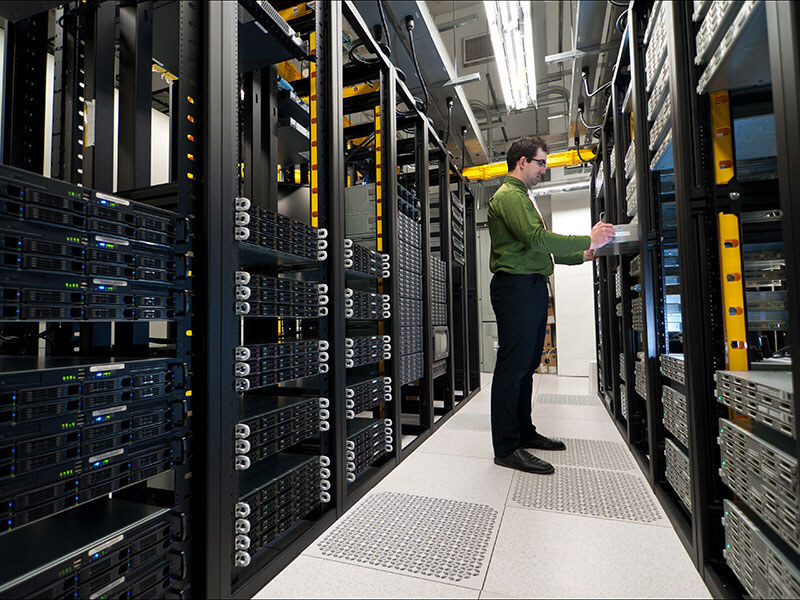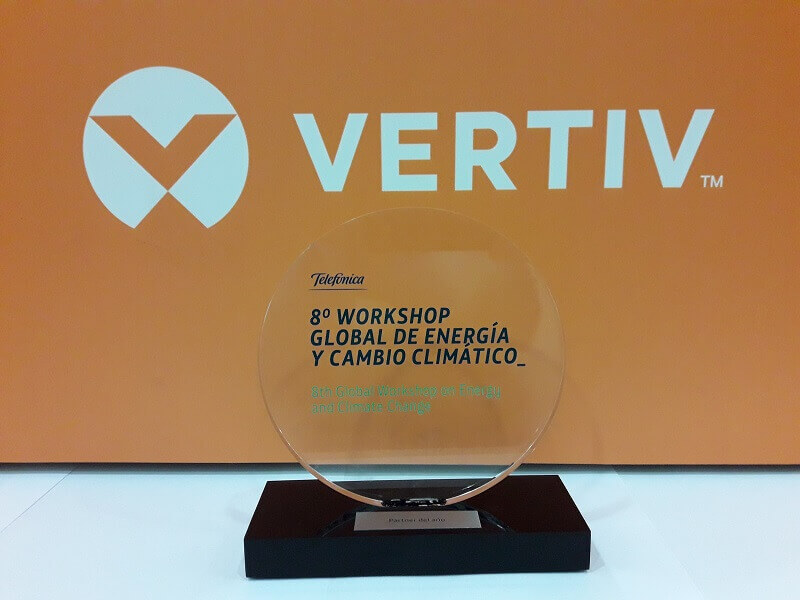The digital world is all about innovation, technology and connectivity, and one thing that transcends all three of these is energy.
As one of the newest entrants to the ‘as-a-service’ business model, Energy-Savings-as-a-Service (ESaaS) is changing the relationship between organisations and their energy usage. What was once a necessary expense is now becoming another avenue for enterprises to streamline their operations, cut costs, reduce their carbon footprint while promoting environmental sustainability of their business - all at the same time.
Why Energy Savings as a Service
Technology has led to the creation of a multitude of new solutions for the world, but this has come at a cost. Today energy consumption is at the highest it has ever been, and is expected to increase over the coming years as emerging markets mature and industries grow. However, these factors have prompted innovators, businesses and governments to seek new solutions and models to drive down costs of adoption and increase the incentives for businesses to be greener.
The truth is, many organisations simply don’t have the time, knowledge or resource to take those first big steps into changing a fundamental element of their operations – which is why ESaaS is such an attractive proposition. By shifting the burden of energy efficiency away to a trusted partner, enterprises can improve their energy consumption and be ready for a more sustainable future.
As well as curbing business’ operational costs, ESaaS enables energy infrastructure to become a value driver. Using the capabilities of IoT devices, artificial intelligence and other connected technologies, businesses will be able to gather masses of data in real time, giving them a better look at their energy consumption, and where improvements can be made.
ESaaS requires a partnership approach between an enterprise and the energy partner in question. This begins with an overall assessment of the organisation’s existing power requirements, starting with conducting energy audits, then delivering wide-ranging assessment reports that outline projected KPIs as well as potential energy savings. The reports comprise a series of recommendations for optimising the performance, capacity, availability and efficiency of critical infrastructure, ultimately increasing energy savings. Importantly, ESaaS requires no capital expenditure (CAPEX) from the customer. This insight and analytics driven approach will ensure Vertiv delivers not only innovative technologies and energy savings to businesses, but will also help businesses reduce operational expenditure (OPEX) and meet commitments to environmental sustainability.




